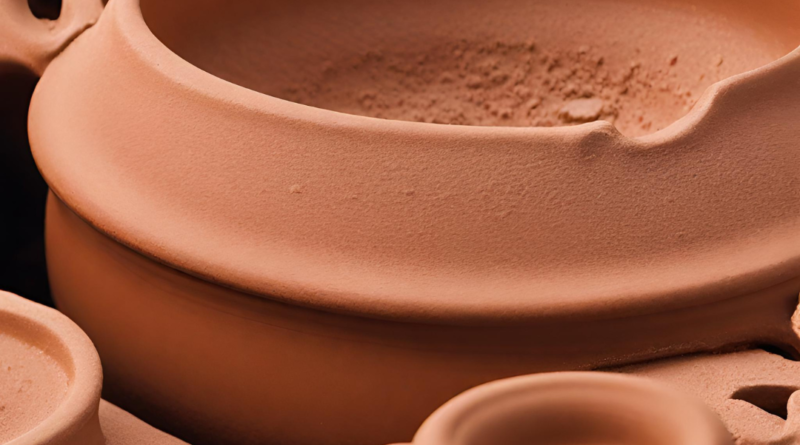What are some common misconceptions about clay cooking?
Clay cooking is a traditional and time-tested method that offers numerous benefits, but there are also several misconceptions associated with it. Here are some common misconceptions about clay cooking:
1. Fragility
One common misconception is that clay cookware is fragile and prone to breaking easily. While it’s true that clay cookware can be more delicate than some other types of cookware, it’s not as fragile as some people believe. With proper care and handling, clay cookware can be quite durable.
2. Longer Cooking Times
Some people think that cooking with clay pots always requires significantly longer cooking times compared to other cookware. While clay pots may take a bit longer to heat up initially, once heated, they retain and distribute heat evenly, which can actually lead to more efficient cooking times for certain dishes.
3. Complex Maintenance
There is a misconception that maintaining clay cookware is complicated and time-consuming. While there are specific care and cleaning instructions for clay cookware, it’s not overly complicated. Regular cleaning and occasional re-seasoning (for unglazed clay) are typically all that’s needed.
4. Lack of Versatility
Another misconception is that clay cookware is limited in its versatility and can only be used for specific types of dishes. In reality, clay cookware can be used for a wide range of cooking techniques, including baking, roasting, frying, and simmering.
5. Difficulty in Cleaning
Some people believe that cleaning clay cookware is difficult due to its porous surface. While clay cookware does require gentle cleaning to avoid damaging the surface, it’s not exceptionally challenging to clean when handled correctly.
6. Limited Temperature Range
It’s often thought that clay cookware can’t withstand high temperatures and is only suitable for slow cooking or low-temperature recipes. While it’s true that clay pots are best suited for gentle, even heat, many clay pots can withstand high temperatures if properly seasoned and maintained.
7. Uneven Cooking
Some believe that clay cookware cooks food unevenly or leaves hot spots. In reality, properly preheated clay pots distribute heat evenly, helping to avoid hot spots and promote uniform cooking.
8. Health Concerns
There is a misconception that clay cookware can be unsafe due to the presence of impurities or toxins. However, reputable clay cookware is usually made from natural, food-safe clay and undergoes testing to ensure its safety for cooking.
9. Limited Durability
It’s sometimes thought that clay cookware has a short lifespan and needs frequent replacement. In truth, well-maintained clay pots can last for many years, and some users even consider the aging of clay pots to enhance their cooking properties.
10. Only for Traditional Recipes
While clay cookware is often associated with traditional or ethnic recipes, it can be used for a wide range of cuisines and dishes, including modern and international recipes.
In summary, while there are misconceptions about clay cooking, it can be a valuable addition to your kitchen when used correctly. Understanding the benefits and limitations of clay cookware and following proper care and cooking techniques can help you enjoy the advantages it offers in your culinary adventures.


